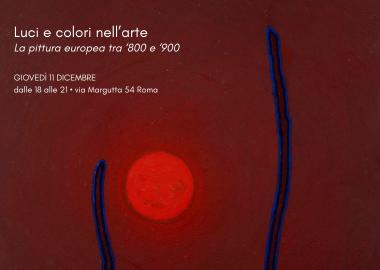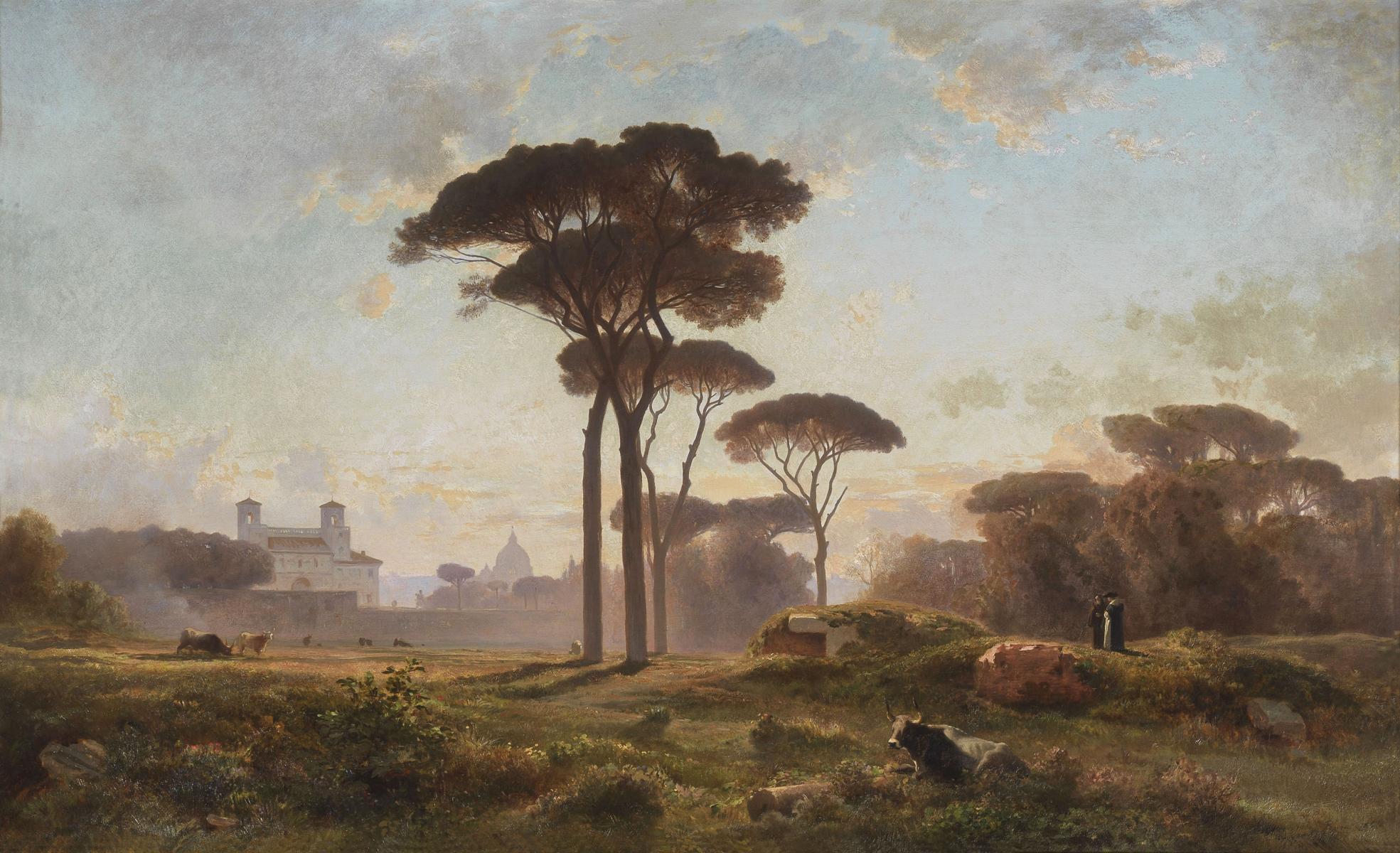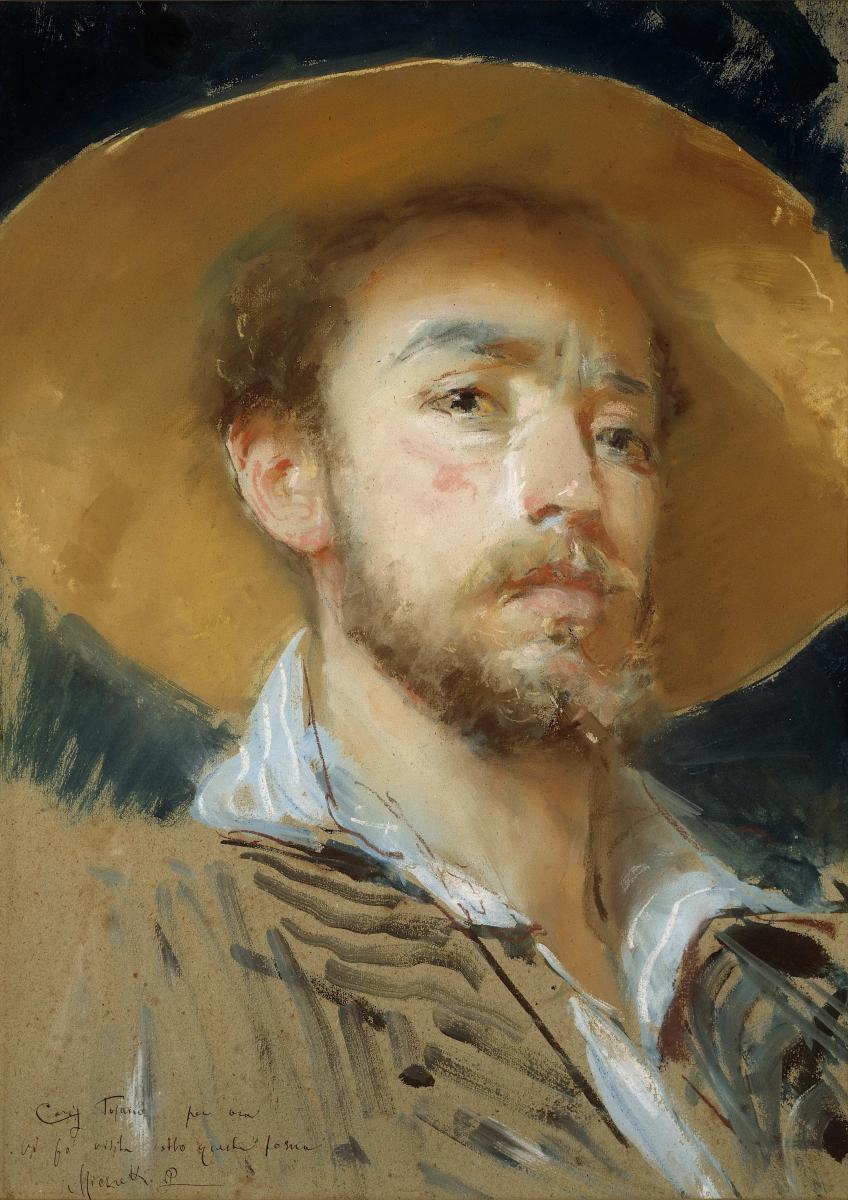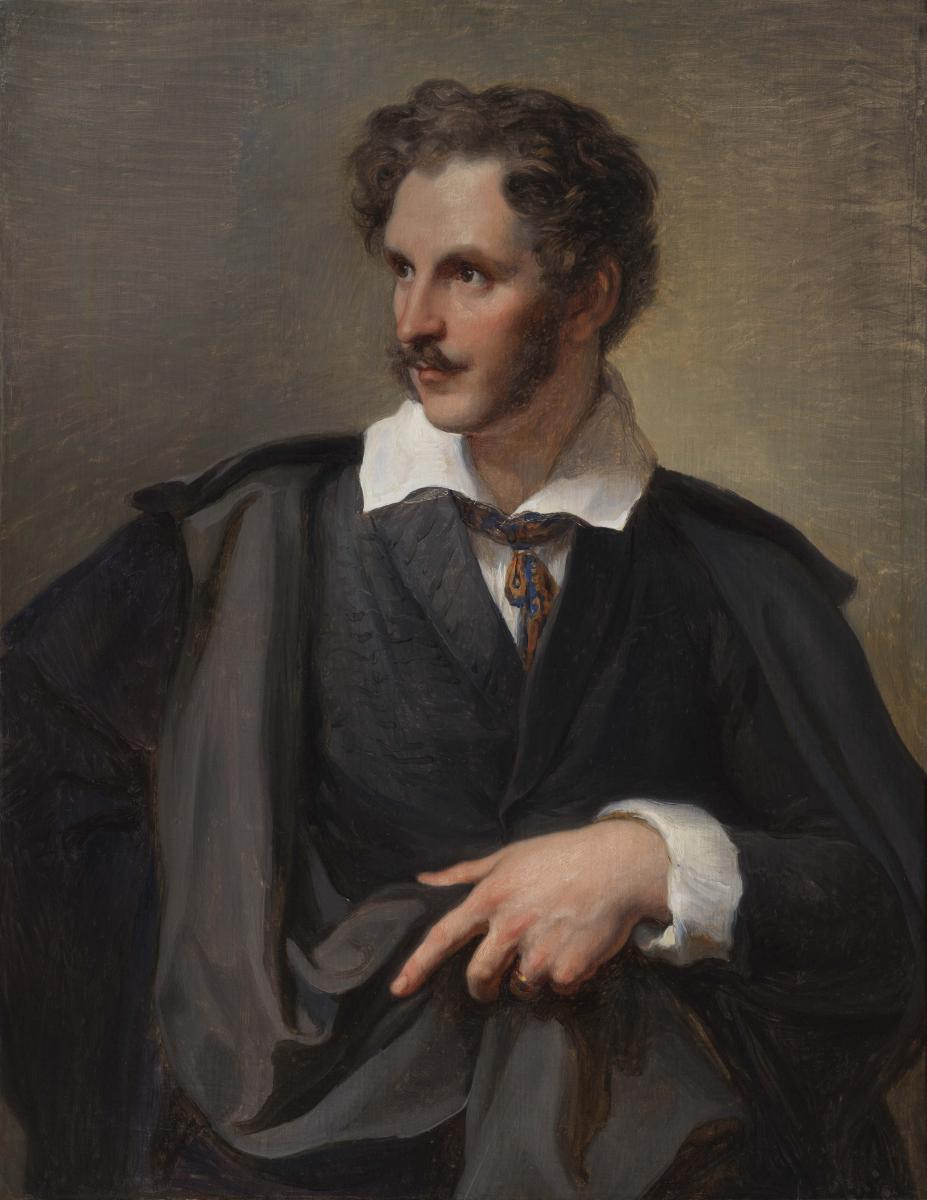Born out of a merger of two historic galleries, both present on the market for generations, Francesca Antonacci Damiano Lapiccirella Fine Art has become a reference point for fans of Grand Tour paintings, drawings, and sculptures by European artists from between the second half of the 18th century and the first half of the 20th century, and also an exhibition space for shows which are frequently museum-worthy. Over the years, the gallery has taken part in the most prestigious of antiques exhibitions such as the Salon du Dessin and the Biennale des Antiquaires in Paris, Masterpiece London, and TEFAF New York; it also exhibits regularly at TEFAF Maastricht and at the International Biennial of Antiques in Palazzo Corsini, Florence. In the course of its activity, many of its works have joined major public collections such as the National Gallery in Washington, the Getty Museum in Los Angeles, the Modern Art Gallery of Palazzo Pitti in Florence, the Polo Museale Fiorentino, the Capodimonte Museum in Naples, the Prague Museum, the Villa Mansi Museum in Lucca, the Fontainebleau Museum, the Hamburger Kunsthalle in Hamburg, the Musée D'Orsay, the Uffizi Gallery in Florence, the Toledo Museum of Art, USA, Cincinnarti Art Museum, Minneapolis Institute of Art as well as numerous private collections.

OPENING • giovedì 11 dicembre • dalle 18.00 alle 21.00 La mostra propone una riflessione sul ruolo fondativo che luce e colore hanno assunto nella pittura europea tra la metà dell’Ottocento e i primi decenni del Novecento, un periodo in cui la visione dell’artista muta radicalmente sotto la spinta di nuove poetiche, ricerche scientifiche e dal mutare dell’ambiente sociale. In questo itinerario, le opere selezionate dialogano tra loro come tappe di una stessa, ampia meditazione sulla percezione della luce e del colore, che ora smettono di essere meri strumenti descrittivi per assumere un ruolo concettuale, emotivo e spesso persino simbolico. Sulle tele si susseguono armonie e bagliori, tonalità e sfumature, rivelando come ogni artista abbia saputo cogliere la vibrazione unica che nasce dal loro incontro. ________________________________ La mostra sarà aperta fino a venerdì 30 gennaio 2026 lunedì – venerdì dalle 10.00 alle 19.00 sabato su appuntamento

Firmato e datato in basso a destra: Benouville Rome 1864 Provenienza: probabilmente Vendita della Principessa Matilde Bonaparte, Parigi, 18-19 maggio 1904, n. 90, 210 F

Signed and dedicated lower left: Caro Tofano per ora / vi fo visita sotto questa forma / Michetti P [Dear Tofano for now / I’m visiting you in this form / Michetti P] Provenance: Gilgore collection, USA

Nobile nel portamento e pensieroso nello sguardo, August Grahl, uno dei maggiori miniaturisti europei, incarna qui l'artista romantico, incurante del mondo esterno e concentrato nella ricerca dell’ispirazione creativa, Grahl emana un fascino indifferente verso chi lo osserva. L’artista che ha realizzato questo iconico ritratto è Vincenzo Camuccini, protagonista del neoclassicismo italiano, celebre per i suoi monumentali dipinti storici realizzati per le più elevate committenze europee e considerato uno dei migliori ritrattisti del suo tempo, mostra qui un lato più intimo e moderno. Mentre nelle opere storiche esalta i canoni della pittura neoclassica, nei ritratti si avventura verso una caratterizzazione più profonda del soggetto, ponendo l’accento sulle qualità psicologiche.
CATALOGHI E SCHEDE